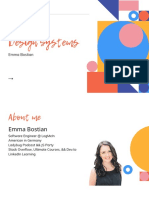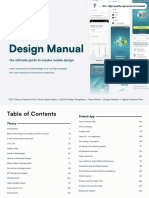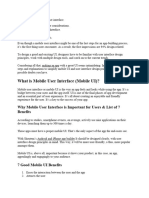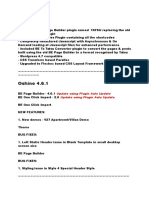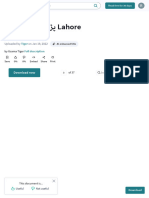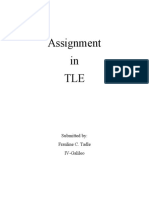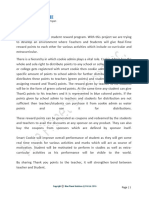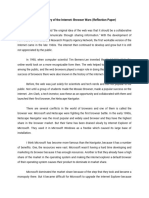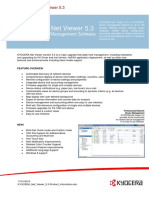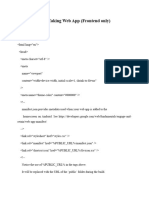0% found this document useful (0 votes)
135 views4 pagesUI Design - Cheat Sheet
The UI Design Cheat Sheet outlines best practices for typography, colors, buttons, grids, and layouts across desktop, Android, and iOS platforms. It emphasizes the importance of accessibility, readability, and adherence to platform-specific guidelines. Key recommendations include using system fonts, maintaining contrast ratios, and ensuring scalable components for responsive design.
Uploaded by
achilles2006adCopyright
© © All Rights Reserved
We take content rights seriously. If you suspect this is your content, claim it here.
Available Formats
Download as PDF, TXT or read online on Scribd
0% found this document useful (0 votes)
135 views4 pagesUI Design - Cheat Sheet
The UI Design Cheat Sheet outlines best practices for typography, colors, buttons, grids, and layouts across desktop, Android, and iOS platforms. It emphasizes the importance of accessibility, readability, and adherence to platform-specific guidelines. Key recommendations include using system fonts, maintaining contrast ratios, and ensuring scalable components for responsive design.
Uploaded by
achilles2006adCopyright
© © All Rights Reserved
We take content rights seriously. If you suspect this is your content, claim it here.
Available Formats
Download as PDF, TXT or read online on Scribd
/ 4














